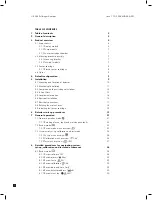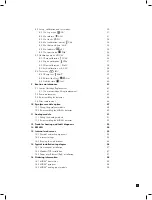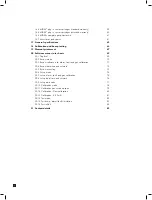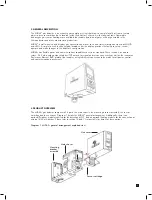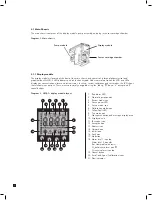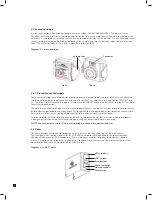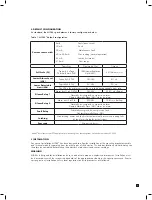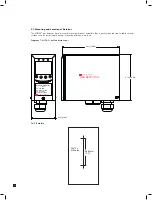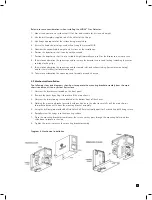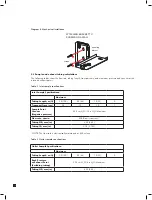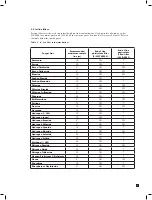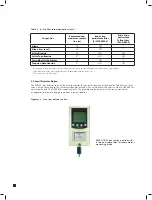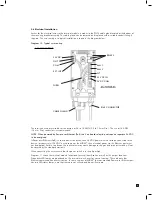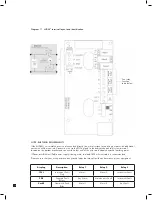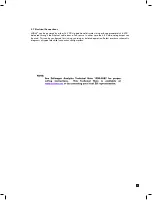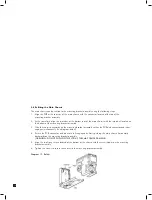
3
8.2 Set-up, calibration and test modes
30
8.2.1 Set-up menu ‘
SEt’
31
8.2.2 Set alarms ‘ ALm’
31
8.2.3 Set faults ‘
FLt’
34
8.2.4 Set calibration interval ‘ CAL’
34
8.2.5 Set date and time ‘timE’
3
5
8.2.6 Set address ‘
nEt’
35
8.2.7 Set pass code ‘
PWd’
36
8.3 Calibration menu ‘ CAL’
36
8.3.1 Zero calibration ‘ 0CAL’
36
8.3.2 Span calibration ‘ SPAn’
37
8.3.3 Flow calibration ‘ FLoW’
38
8.3.4 mA calibration ‘mA 4-20’
38
8.4 Test menu ‘
tESt’
39
8.4.1 Bump test ‘ bUmP’
39
8.4.2 Alarm/fault test ‘
Si m’
39
8.4.3 Inhibit state ‘
I nH’
40
9 Routine maintenance
41
9.1 Sensor Cartridge Replacement
41
9.1.1 Sensor cartridge fitting/replacement
41
9.2 Pump replacement
43
9.3 Re-assembling the detector
46
9.4 Filter replacement
46
10 Pyrolyzer module option
47
10.1 Fitting the pyrolyzer module
48
10.2 Re-assembling the MIDAS
®
detector
49
11 Analog module
51
11.1 Fitting the analog module
51
11.2 Re-assembling the MIDAS
®
detector
52
12 Trouble shooting and fault diagnosis
53
13 REFLEX
®
54
14 Internal web server
54
14.1 Physical network components
54
14.2 Internet settings
54
14.3 Running the web browser
54
15 Typical installation topologies
56
15.1 Conventional installation
57
15.2 Modbus/TCP installation
57
15.3 Power over Ethernet (PoE) installation
57
16 Ordering information
58
16.1 MIDAS
®
transmitter
58
16.2 MIDAS
®
pyrolyzer
58
16.3 MIDAS
®
analog input module
58


